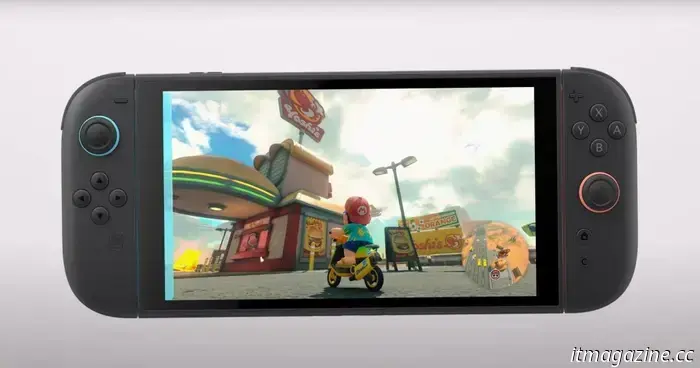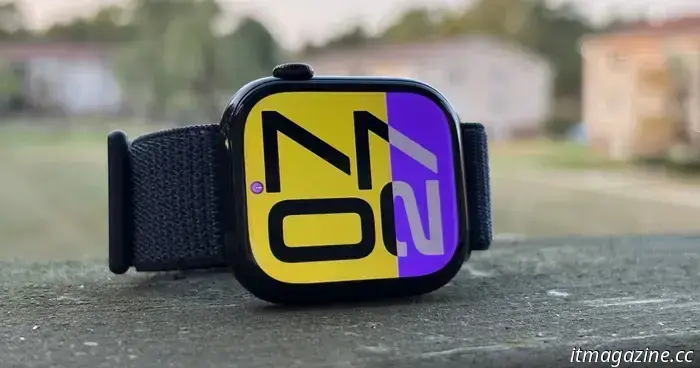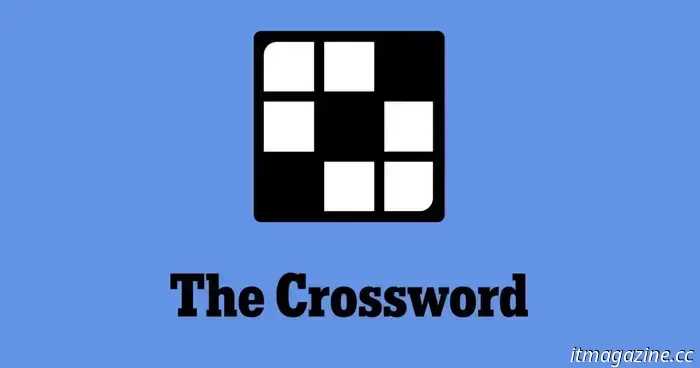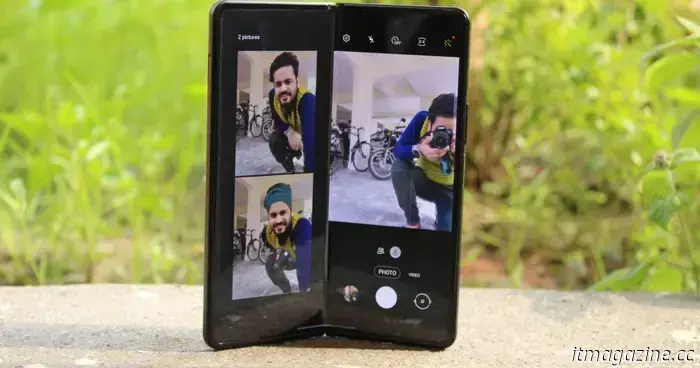
A week later, what continues to amaze me the most about the Nintendo Switch 2 is this.
Last week, Nintendo provided us with an abundance of details about the Nintendo Switch 2. We discovered information about its games, the enigmatic C-button, and additional insights into how the mouse controllers function. The presentation was full of surprises, including the unexpected reveal of Kirby Air Riders and the announcement that GameCube games will be available on Nintendo Switch Online. I had my own moments of astonishment when I tried out the Switch 2 and became captivated by its new control setup.
I’ve taken time to reflect on all the news since then, even changing my perspective on elements I was initially critical of, such as GameChat. Upon contemplation, one aspect still amazes me more than anything else: how distinctly next-gen the system truly feels.
I wasn’t anticipating much in terms of power heading into last week’s Switch 2 Direct. Historically, Nintendo has shied away from major tech upgrades, and I understand the reasoning. Iconic franchises like Kirby and Mario don’t necessarily require significant power boosts to remain enjoyable; game design has consistently taken precedence over graphics at Nintendo. I presumed this would hold true for Switch 2, and that features like 4K and AI-upscaling were merely wishful thinking. In essence, I thought many people would be quite upset.
Instead, Nintendo exceeded my expectations significantly. Not only will the Switch 2 support 4K output (the dock even includes a cooling fan to facilitate this), but it will also feature a 120Hz HDR display. This surpasses even the Steam Deck, a device I thought the Switch 2 wouldn’t outdo. We later learned that the console allows for ray-tracing and DLSS upscaling. These are features you’d expect in a portable gaming PC like the ROG Ally, not from a Nintendo system.
When I demoed the console, I really felt the tangible benefits of that power. Metroid Prime 4: Beyond was stunningly beautiful, running at an impressive 120fps during my play. I also played Cyberpunk 2077 on the device, and it performed as well as, if not better than, my Steam Deck OLED. Just witnessing older Switch games like The Legend of Zelda: Tears of the Kingdom operate at a significantly smoother frame rate was sufficient to convince me that this console represents a substantial upgrade.
This aspect is what I keep returning to more than anything related to games, pricing, or controls. For the first time in decades, it truly feels as though Nintendo has a genuine next-generation console. Although it may not match the raw specifications of the PS5 or Xbox Series X, it meets the standards set by leading handheld PCs. This level of power allows Nintendo to implement open-world exploration in Mario Kart World and fully destructible environments in Donkey Kong Bananza. It’s also sufficient for getting current-gen games like Split Fiction running on the device, even if with some visual compromises. The divide between Nintendo and its more technically advanced competitors is narrowing, which could result in a more consistent gaming experience across all platforms. As gaming technology reaches a plateau, future Nintendo systems may further close that gap.
Of course, this is easy to assert at the moment. The true test for the Switch 2 will be its durability over an eight-year lifecycle, especially as the portable PC market continues to evolve rapidly. Microsoft could unveil its rumored handheld device in two months with specifications that could overshadow the Switch 2. We might see a Steam Deck 2 next year that replicates everything the Switch 2 does, possibly including mouse controls. The Switch 2 feels fantastic now, but it’s launching five years into the PS5 and Xbox Series X generation. If both Sony and Microsoft release new systems three years from now, how outdated will Nintendo’s console appear?
We’ll address that when the time comes. For now, I’m delighted to see Nintendo adopting advanced features like VRR and DLSS instead of waiting for its next generation. The Switch 2 feels considerably more future-proofed from the start than its predecessor, and I hope this remains the case in the coming years. We can’t endure another eight years of fans longing for a Pro model that never materializes.
The Nintendo Switch 2 is set to launch on June 5.

Other articles
 These JBL noise-canceling earbuds, rated 8 out of 10, are on sale with a discount of $50.
The JBL Tour Pro 3 is available for $250 today at Amazon, Best Buy, and several other retailers.
These JBL noise-canceling earbuds, rated 8 out of 10, are on sale with a discount of $50.
The JBL Tour Pro 3 is available for $250 today at Amazon, Best Buy, and several other retailers.
 The top health and fitness devices for iPhone
If you're looking to improve your health and fitness routines in 2025, we're here to assist you. Here are the devices that are most compatible with your iPhone.
The top health and fitness devices for iPhone
If you're looking to improve your health and fitness routines in 2025, we're here to assist you. Here are the devices that are most compatible with your iPhone.
 The launch game Deltarune for Switch 2 is unexpectedly receiving mouse support.
Deltarune is set to receive exclusive content for the Nintendo Switch 2 that takes advantage of its mouse-mode feature.
The launch game Deltarune for Switch 2 is unexpectedly receiving mouse support.
Deltarune is set to receive exclusive content for the Nintendo Switch 2 that takes advantage of its mouse-mode feature.
 Ryan Coogler discusses the importance of creating Sinners prior to Black Panther 3.
In a recent interview, Ryan Coogler discussed his choice to write and direct Sinners prior to Black Panther 3.
Ryan Coogler discusses the importance of creating Sinners prior to Black Panther 3.
In a recent interview, Ryan Coogler discussed his choice to write and direct Sinners prior to Black Panther 3.
 NYT Crossword: solutions for Wednesday, April 9
The crossword puzzle in The New York Times can be challenging, even if it's not the Sunday edition! If you're facing difficulties, we're available to assist you with today’s clues and solutions.
NYT Crossword: solutions for Wednesday, April 9
The crossword puzzle in The New York Times can be challenging, even if it's not the Sunday edition! If you're facing difficulties, we're available to assist you with today’s clues and solutions.
 The Galaxy Z Fold 8 may arrive featuring a significantly improved camera.
A recent leak suggests that Samsung may eliminate its under-camera display.
The Galaxy Z Fold 8 may arrive featuring a significantly improved camera.
A recent leak suggests that Samsung may eliminate its under-camera display.
A week later, what continues to amaze me the most about the Nintendo Switch 2 is this.
The unveiling of the Nintendo Switch 2 brought numerous surprises, yet the aspect that astonished us the most was the technology driving it.
